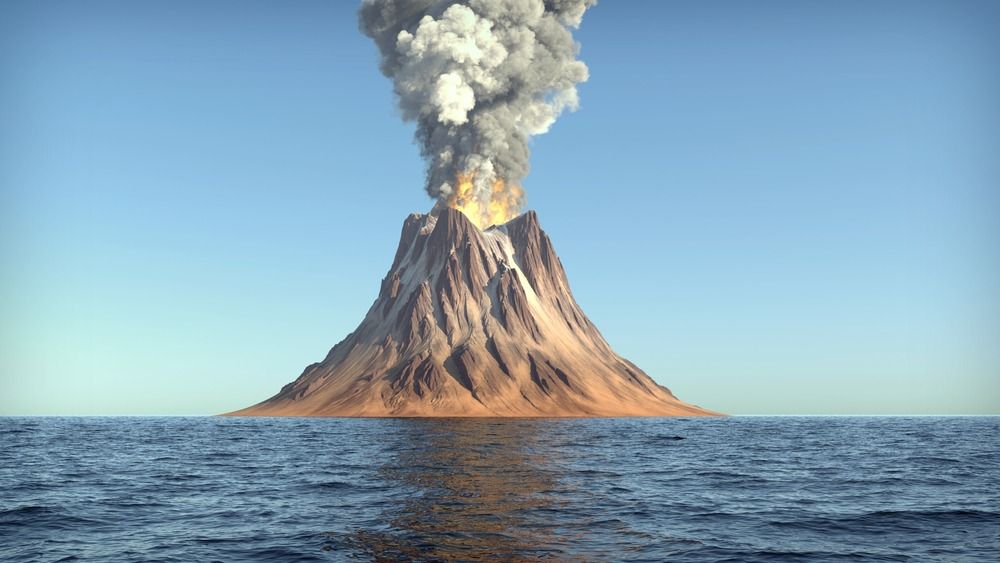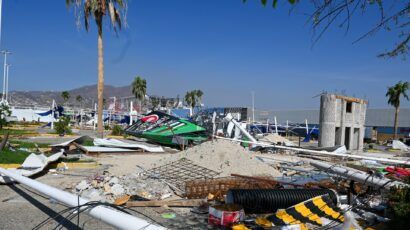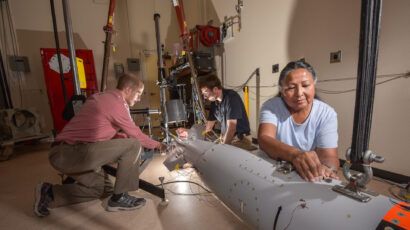Climate change could increase volcanic eruptions
By Dan Drollette Jr | December 15, 2017

Glaciers melting from climate change threaten to reactivate Iceland’s sleeping volcanoes, according to research published in the journal Geology. Researchers found that climate change causes ice to rapidly melt in many volcanically active regions, including Iceland. And when a glacier grows or shrinks, it changes the amount of pressure on the Earth’s crust and the top part of its mantle—causing the pressure on underground chambers full of magma to shift, which in turn affects the chances of eruption. Even small changes in surface pressure can affect the likelihood of eruptions at ice-covered volcanoes.
“Climate change caused by humans is creating rapid ice melt in volcanically active regions,” said senior author Graeme Swindles, a professor of geography at the University of Leeds in the UK, in a statement summarizing the work. “In Iceland, this has put us on a path to more frequent volcanic eruptions.”
The study examined Icelandic volcanic ash preserved in peat deposits and lake sediments, and identified a period of significantly reduced volcanic activity between 5,500 and 4,500 years ago. This period came after a major decrease in global temperature, which caused glacier growth in Iceland. So, more ice means less eruptions, and vice-versa.
Admittedly, the research suggests that climate-caused eruptions lie far in the future—the time lag between glacial melting and increased volcanic activity is estimated to be on a scale of hundreds of years—but it comes at a time when Iceland’s concern about its volcanoes awakening is on the rise, and scientists have detected increased seismic activity at a couple of volcanic sites in Iceland, including Öræfajökull and Bárðarbunga.
And volcanic eruptions can inflict chaos in places far beyond their country of origin, as those affected by the 2010 eruption of the Icelandic volcano Eyjafjallajökull can attest—its massive plumes of ash in the atmosphere over Europe shut down air travel for nearly a week, which meant that a 3-hour flight from Sweden to Switzerland instead became a 26-hour expedition by a combination of overnight buses, ferries, taxis, a series of trains, and trollies. Cab drivers asked us for more than $1,000 for a one-hour drive to transport two people.
Publication Name: International Business Times
To read what we're reading, click here
Together, we make the world safer.
The Bulletin elevates expert voices above the noise. But as an independent nonprofit organization, our operations depend on the support of readers like you. Help us continue to deliver quality journalism that holds leaders accountable. Your support of our work at any level is important. In return, we promise our coverage will be understandable, influential, vigilant, solution-oriented, and fair-minded. Together we can make a difference.
Topics: Climate Change, What We’re Reading















